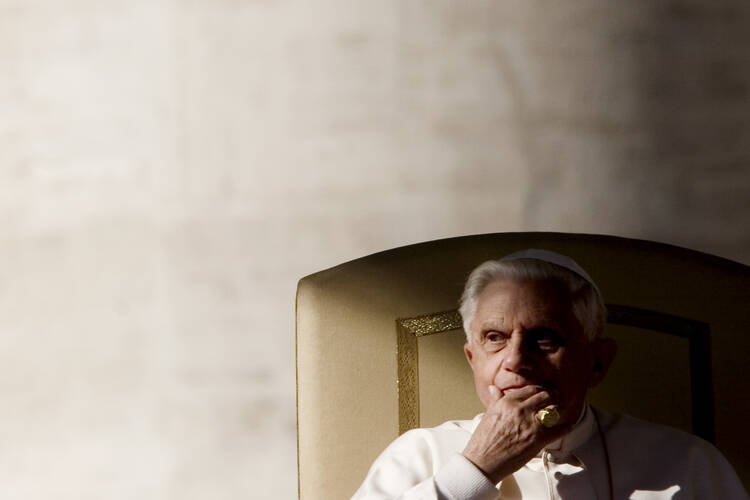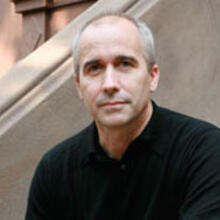Pope Emeritus Benedict XVI died on Saturday morning, Dec. 31.
Who was Benedict XVI? The question sounds odd because the answer must be so obvious. For nearly eight years, until his stunning decision to resign on the last day of February 2013, Joseph Ratzinger was pope, the most visible exponent of Catholicism in the world—a universal pastor and renowned theologian, who presented his ideas and exhortations in homilies and speeches around the globe and in beautifully crafted encyclicals and deeply researched books about Jesus.
Long before he was pope, Benedict was also Cardinal Joseph Ratzinger, head of the Vatican’s Congregation for the Doctrine of the Faith and so-called guardian of orthodoxy, who as a career theologian, relished the intellectual jousting inherent to that role. Over the course of his 23 years as head of the C.D.F., which was known within the Roman Curia as “la Suprema” for its historic influence, Cardinal Ratzinger made headlines—and enemies—with public campaigns against theologians and theologies he saw as crossing the line into dangerously progressive territory. While much of his work was undertaken at the behest of Pope John Paul II, the German-born cardinal also had an unprecedented sideline in public debates, speeches, writings and books outlining his own vision of the modern world and the perils it posed to Catholicism.
Therefore, many assumed that when Cardinal Ratzinger walked out onto the balcony of St. Peter’s Basilica on a chilly April evening in 2005 and was introduced as Pope Benedict XVI, they knew what was coming: more of the same, and then some.
Persona and Principle
Every pope is a paradox to some degree. He is the lead character at center stage of an ongoing historical drama but one so cloaked in tradition and so hedged round by courtiers and customs that, even after he has been years in office, there can remain a remarkable degree of uncertainty about what he is really trying to do, what he really thinks and how he views the church and the world.
The air of mystery was deeper than usual when it came to Joseph Ratzinger. An introvert and an academic, Ratzinger always engaged with the world most deeply when it came to theological debates; his personality and personal life were revealed only in rare glimpses.
An introvert and an academic, Ratzinger always engaged with the world most deeply when it came to theological debates; his personality and personal life were revealed only in rare glimpses.
For example, on April 24, 2005, during his homily at his installation Mass in the piazza, Benedict elicited laughter when he said that he was not going to present “a program of governance,” a “programma di governo,” which is the Italian phrase for a campaign platform. That would come later, he added. Instead, he said, “My real program of governance is not to do my own will, not to pursue my own ideas, but to listen, together with the whole church, to the word and the will of the Lord, to be guided by him, so that he himself will lead the church at this hour of our history.”
As a teacher and pastor, Benedict XVI the theologian could be brilliant. But as the chief governor of the church, Benedict could border on hapless. The basic tasks of administration were apparently beyond his interest and his talent. That gap came at a critical time for the church, when religious choices abounded and “no religion” was a viable and respectable option—when a distrustful public, even a leery flock, was looking for deeds as much as words to convince them that the Roman Catholic Church was indeed still the bearer of the truth Jesus preached.
Benedict’s reputation was further diminished after revelations of the abuse of altar servers and seminarians committed by former cardinal Theodore McCarrick rocked the church in the United States in the summer of 2018. Questions emerged about how Benedict chose to respond to multiple reports delivered to Rome over many years about the former Washington archbishop’s behavior.
As the chief governor of the church, Benedict could border on hapless. The basic tasks of administration were apparently beyond his interest and his talent.
Benedict’s legacy is ambiguous even in the most sympathetic reading. Whether history’s verdict will be charitable or damning may depend on whether the influence of his powerful words can compensate for some of the more listless aspects of his administration.
‘Management Is Not My Charism’
The pope was never known as a terribly good administrator. As it became clear that voting in the conclave of April 2005 was moving quickly and decisively in his favor, Cardinal Ratzinger was broadcasting that message to his fellow cardinal-electors. “I am not an administrator,” he repeated. Cardinal Ratzinger knew as well as anyone that the Vatican needed a strong hand on the tiller after John Paul II’s reign. The cardinals knew it, too, but they just assumed that Ratzinger would have that skill set, or that at the least he would certainly be an upgrade.
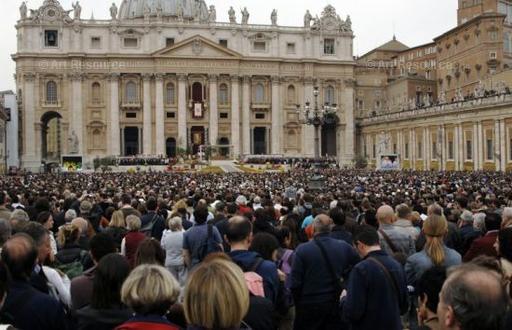
As pope, Ratzinger adapted to his new public role, kissing babies, blessing crowds and serving as a pastor rather than just an ecclesiastical traffic cop. As he told dinner companions early on: “It was easy to know the doctrine. It’s much harder to help a billion people live it.” Benedict was also humble about his own ambitions. “I am learning to be pope,” he quipped in a rare aside to reporters in 2006, little over a year after his election. Above all, in his pronouncements and writings, he carefully accentuated the positive. His first encyclical (considered the touchstone of any new papacy) was “God is Love” (“Deus Caritas Est”) and charity became the recurring byword of his pontificate. In addition, in scholarly yet accessible and often lyrical speeches, homilies and writings, Benedict provided thumbnail summaries of the apostles, the Beatitudes and various saints, along with the history and traditions of the church.
Benedict wanted to move from defining Catholicism by what it is against to what it is for. “Christianity, Catholicism, isn’t a collection of prohibitions: It’s a positive option,” he told interviewers before his September 2006 trip to his Bavarian homeland. “It’s very important that we look at it again because this idea has almost completely disappeared today. We’ve heard so much about what is not allowed that now it’s time to say: We have a positive idea to offer.” Yet it was that visit back to Germany that would spark the first serious crisis of Benedict’s reign and begin to establish his papacy’s reputation for mismanagement, a reputation that would be cemented as Benedict’s Vatican lurched from crisis to crisis.
Islam and Catholicism, Faith and Reason
Benedict was returning to Bavaria in 2006 after his election to the papacy the year before. It was natural that he would speak in a lecture hall in the University of Regensburg, a school where he had spent his happiest days as a theologian. In the address, Benedict highlighted the interplay of faith and reason, a theme long dear to him and one he would frequently stress in his pontificate. Benedict’s intent was to show how reason untethered from faith leads to fanaticism and violence, as does the opposite pathology, faith untethered from reason. To illustrate the latter case, Benedict dug up an obscure 14th-century dialogue between a Persian scholar and a long-forgotten Byzantine Christian emperor, Manuel II Paleologus, over the concept of violence in Islam. “Show me just what Muhammad brought that was new, and there you will find things only evil and inhuman, such as his command to spread by the sword the faith he preached,” Benedict quoted the emperor as saying. The pontiff went on to critique the West and secularism and “progressive” Christian theologians just as sharply, as he held out the Catholic balance between faith in God and reason as set forth in Greek philosophy as the ideal of religious belief.
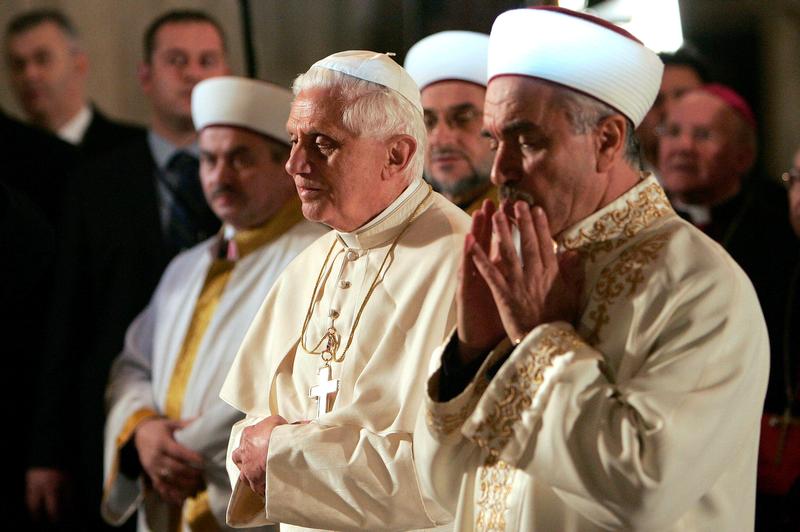
Given the tinderbox that is the Muslim world today, it was no surprise that Benedict’s invocation of Islam, and specifically the Prophet Muhammad, as an exemplar of religion gone wild touched off a firestorm. Theologically, Vatican relations with Islam would improve significantly over the next few years, in large part thanks to the response from numerous Islamic scholars who petitioned the pope to engage in a broad dialogue in the wake of the Regensburg talk. Politically and diplomatically, the situation grew ever more fraught and tragic as Christians came under increasing threat of violence in many Muslim societies. The cardinals in the conclave had elected Cardinal Ratzinger in part because of his reputation for taking a harder line on Islam than John Paul had—but, as pope, Benedict seemed unable to stanch attacks on Christians or to expand a zone of even basic religious freedoms. Given the global circumstances, it is doubtful anyone could have done much better.
A Pope From the West
The Regensburg crisis served to highlight other elements of Benedict’s character and style that would prove to be keys to interpreting his papacy. Intellectually and culturally, he was a thoroughgoing Western European, and a Bavarian at that, which deeply influenced his approach to faith and to the modern world. If his audience had looked past the post-Regensburg rage of Muslims, they would also have seen the distress of many Catholic leaders in the burgeoning flocks in Asia and Africa, where Benedict’s Western European orientation toward the faith was frustrating to them and almost incomprehensible to their flocks. The same issue surfaced during Benedict’s May 2007 visit to Brazil, when he asserted—against the consensus of scholarship—that European missionaries to the continent “did not at any point involve an alienation of the pre-Columbian cultures, nor…the imposition of a foreign culture.” Rather, he said, the reception of the Gospel in Latin America was the proper fulfillment of that culture’s trajectory.
Benedict made sure the leadership of the church would continue to be dominated by Europeans and in particular by Italians.
Benedict made sure the leadership of the church would continue to be dominated by Europeans and in particular by Italians. In his appointments to curial posts, Benedict favored Europeans, and by 2011, Italians had received nearly half the top jobs. The College of Cardinals itself became increasingly Eurocentric during his papacy, even as the center of gravity of the Catholic world continued to shift to Africa and Asia. Indeed, by April 2011, the sixth anniversary of his pontificate, Benedict had named some 49 cardinals, out of about 115 eligible electors. Of those 49 cardinals, 26 were Europeans, and 14 of them were Italians. Moreover, of the 23 non-Europeans, almost all studied theology in Rome, and half of all his appointments, European and non-European, had experience working in the Roman Curia.
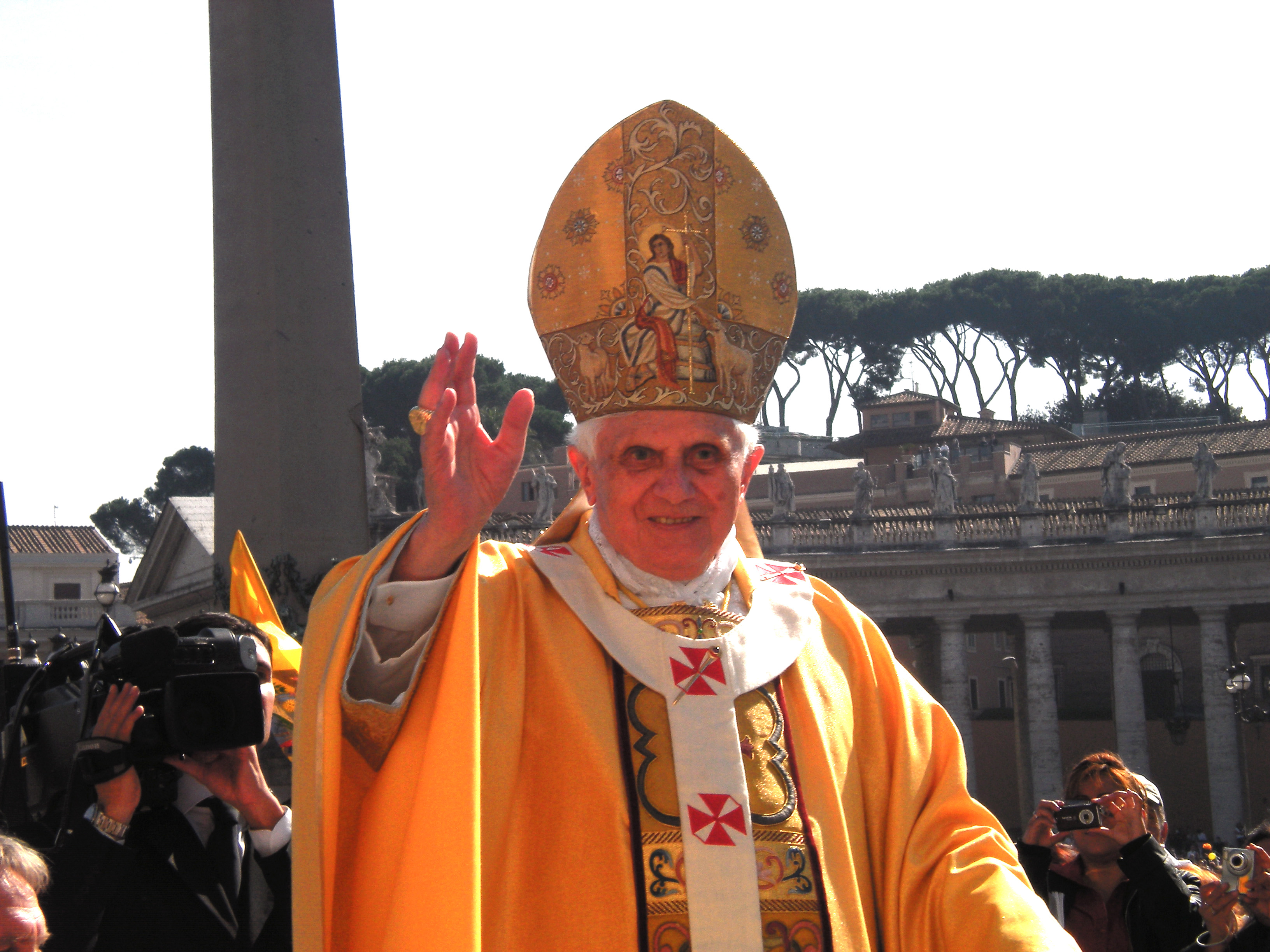
Even Benedict’s choice of ecclesiastical fashion telegraphed his sentiments, as he reintroduced elaborate lace garments and monarchical regalia that had not been seen around Rome in decades, even centuries. For example, he once arrived for Mass wearing an elaborate cope and the high mitre of Pius IX. On one Ash Wednesday, he wore a chasuble modeled on one worn by Paul V, a Borghese pope of the 17th century remembered for censuring Galileo. Benedict was known to wear a “fiddleback” vestment dating to the Counter-Reformation era of the 16th century, and used a tall, gilded, papal throne not seen in years. He also commissioned a set of 30 new vestments modeled on those worn by the Medici pope Leo X, a corpulent, corrupt fellow who at his election famously declared, “Let us enjoy the papacy since God has given it to us.”
“Reform of the Reform”
For Benedict, as for John Paul II before him, canonizing popes as a matter of course; something that was a once novelty for the church had become, ironically, a way of reinforcing the idea of the popes as the most potent link to 2,000 years of apostolic Christianity. This “continuity,” Benedict and his allies argued, should undergird every discussion of reform in the church. It was personal piety, rather than programmatic change, that marked a pope for sainthood, in Benedict’s view. It was the “unbroken tradition” of Catholic customs and mores that reinforced the idea of a “kneeling church” of popular devotion rather than one of social activism. In fact, kneeling—and receiving Communion on the tongue rather than in the hand—became a literal manifestation of the pope’s approach to the “reform of the reform,” which tended to focus on liturgical changes rather than the famous theological battles of his days at the C.D.F.
In keeping with that vision, the Vatican under Benedict pushed through a thoroughgoing revision of the Mass in English, insisting on a more literal rather than “dynamic” translation, one that would hew closer to a word-for-word transcription of the Latin rather than more ordinary speech. For Benedict’s supporters, this was a triumph of classical language and poetry; for his critics, the new translation sacrificed intelligibility to an effort to recover some old-fashioned ideal that in reality never existed.
The most obvious sign of Benedict’s liturgical propensities, and a source of some of the greatest internal dissension under his papacy, was his decision in July 2007 to allow the old Latin Mass—often known as the Tridentine Rite, after the 16th-century Council of Trent—to be celebrated anywhere in the world, whether the local bishop liked it or not. Moreover, the decision was yet another source of friction with the Jewish community because when Benedict reinstituted the Latin Mass, he also restored the older Good Friday prayers whose noxious language about Jews and whose pleas for their conversion were often the incitement for anti-Jewish violence in past centuries. (The pope later modified the prayers somewhat.)
Benedict took this extraordinary step as a way of appealing to the hard-line, right-wing, schismatic group called the Lefebvrists (after their late leader, the rebel archbishop Marcel Lefebvre). The Lefebvrists rejected the Second Vatican Council and its reforms and continued to use the old Latin Mass and other pre-Vatican II rites. In 1988, under the direction of then-Cardinal Ratzinger, the Vatican had created a special provision to try to keep the Lefebvrists in the fold; it didn’t work, but the 1988 provision did appeal to many of the so-called traditionalists and helped split the movement. As pope, Benedict wanted to do more, however, and reinstituted the Latin Mass despite strong and outspoken opposition from the world’s bishops and senior Vatican prelates, all of whom worried that legitimating and even privileging the Tridentine Rite could be a source of more tension and division in parishes and dioceses. This push to stress the continuity of the church’s history over an interpretation of change, or “Deus Caritas Est” rupture, as the pope called it, was a central organizing principle of his papacy.
“A Theologian More Than a Man of Great Gestures”
Paradoxically, Benedict’s resignation was a “Nixon to China” move, a radical departure from the most orthodox popes and theologians. The papacy had come to be seen as a divine mission unlike any other in the church, and one that ended only in death. “Christ did not come down from the cross,” John Paul II would retort when it was suggested that his failing health should make him consider giving up the office.
Benedict’s resignation was a “Nixon-to-China” move, a radical departure from the most orthodox popes and theologians.
Now Benedict had, in one simple gesture, rejected that view and reversed a centuries-long trend toward identifying the person of the pope with the office of the papacy. He was demystifying the papacy and modernizing it, acknowledging the need to adapt to the times and opening the door for his successors to find a graceful exit short of death.
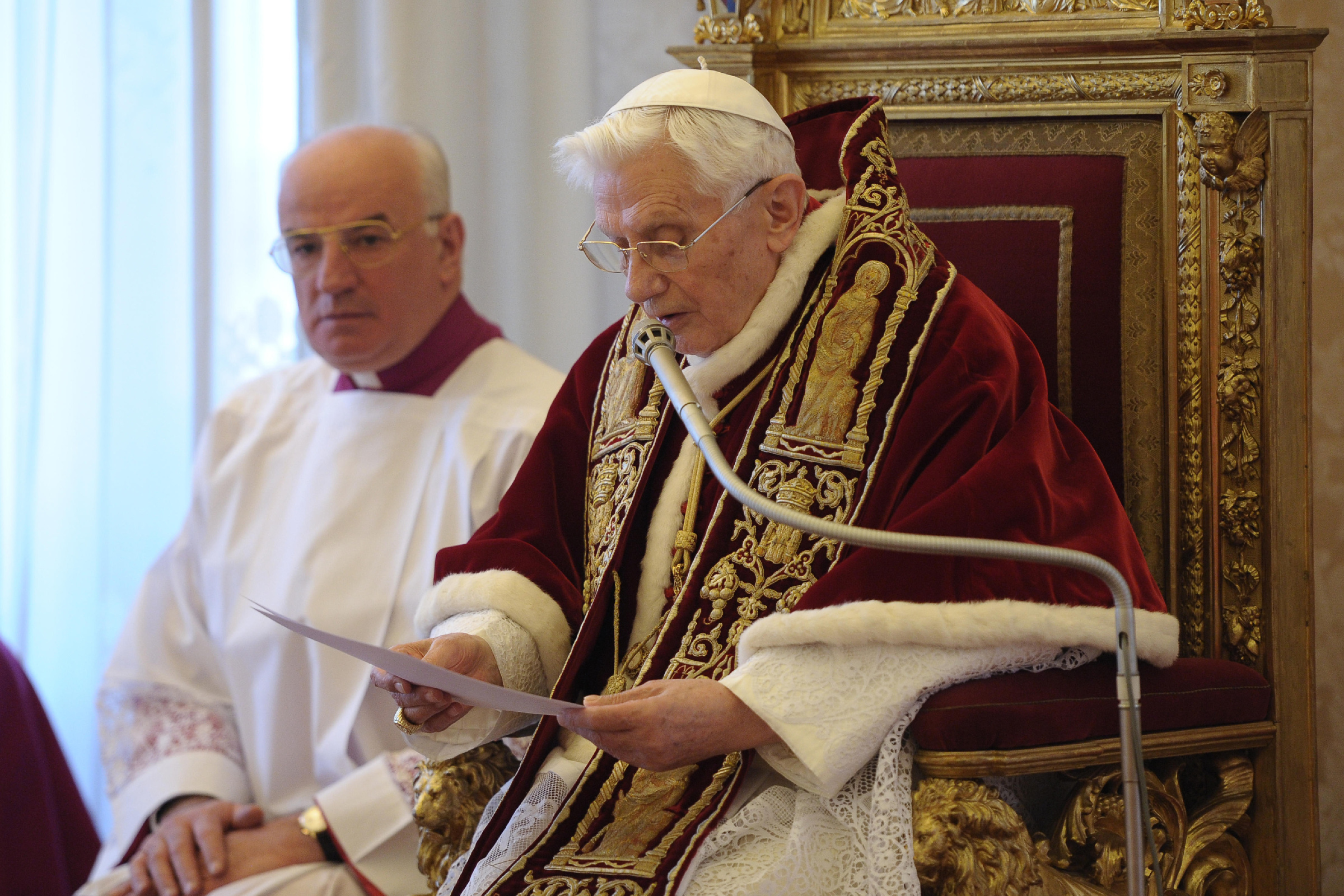
Moreover, Benedict’s resignation was a bit of karma—his own failings coming back to haunt him. The “Vatileaks” scandal had begun in early 2012 and opened reams of private documents from the papal household to public scrutiny. The case continued throughout the year, revealing Benedict’s palace as a place of intrigue and manipulation and dirty dealing to curry favor. It was always thus in the Vatican, of course, but the fact that the pontiff’s own valet turned out to be responsible for the leaks was a kick in the gut to Benedict. He expected more of those around him, and they delivered much less.
He turned 85 as this was happening, and his body began to fail him as much as his close associates had. He suffered constant pain in his joints and circulatory ailments, and he had begun using a moveable platform at major liturgies, which were already being reduced in duration and frequency. The valet, Paolo Gabriele, was convicted later in 2012, and pardoned, but other troubles mounted—accusations about the Vatican’s lapses on clergy sex abuse, calls for Benedict to face justice in the courts—until Benedict decided he had had enough.
It was a papacy that was oddly incomplete, its leader “hidden from the world,” as he put it, in a monastery on the Vatican grounds.
Benedict would leave much undone. The effort to reinterpret the Second Vatican Council, the formative experience of his ecclesiastical career, was a work in progress. The vaunted “Year of Faith” had just begun. The outreach to the Latin-rite schismatics of the Society of St. Pius X was Benedict’s personal mission and seemed destined to end with his pontificate. The curia needed more reforming than ever; even the investigations of U.S. women religious and of various theologians were likely to go nowhere now. It was a papacy that was oddly incomplete, its leader “hidden from the world,” as he put it, in a monastery on the Vatican grounds—a shadow pope, as some feared, or an éminence grise, as others hoped. He would have immunity from prosecution, security from a plotting world, and peace and quiet.
Benedict’s retirement was not without its controversial moments either. Despite promising to observe a public silence and to devote the rest of his life to prayer and reflection, in March 2016 he agreed to an interview with a Belgian theologian that focused divine mercy. Pope Francis had declared 2016 a jubilee year of mercy.
A book-length interview with German journalist Peter Seewald was published in November 2016. Pope Benedict used the opportunity to defend his papacy against criticism over his handling of the abuse crisis. And in April 2019 he released an article blaming the abuse crisis partly on the breakdown of sexual mores experienced during the 1960s, a hypothesis that had the effect of deflecting Pope Francis’ emphasis on the abuse of power and clericalism as the prime drivers of the problem of the clerical abuse of minors and vulnerable adults.
Benedict was who he was to the end. He would study his theology and write, just as he had written throughout his time in office: three encyclicals completed (one left unfinished), a trilogy of popular, not magisterial, books on the historical Jesus, a ream of homilies and reflections. Not an ex-pope—there can be no such thing—just a theologian, a priest. As Benedict put it: “I am the person who happens to have been chosen—the cardinals are also to blame for that—and I do what I can.” And he did what he could do, and as the person he has always been.


